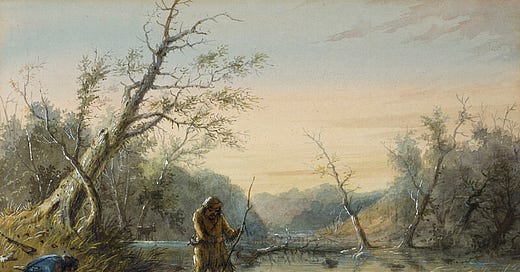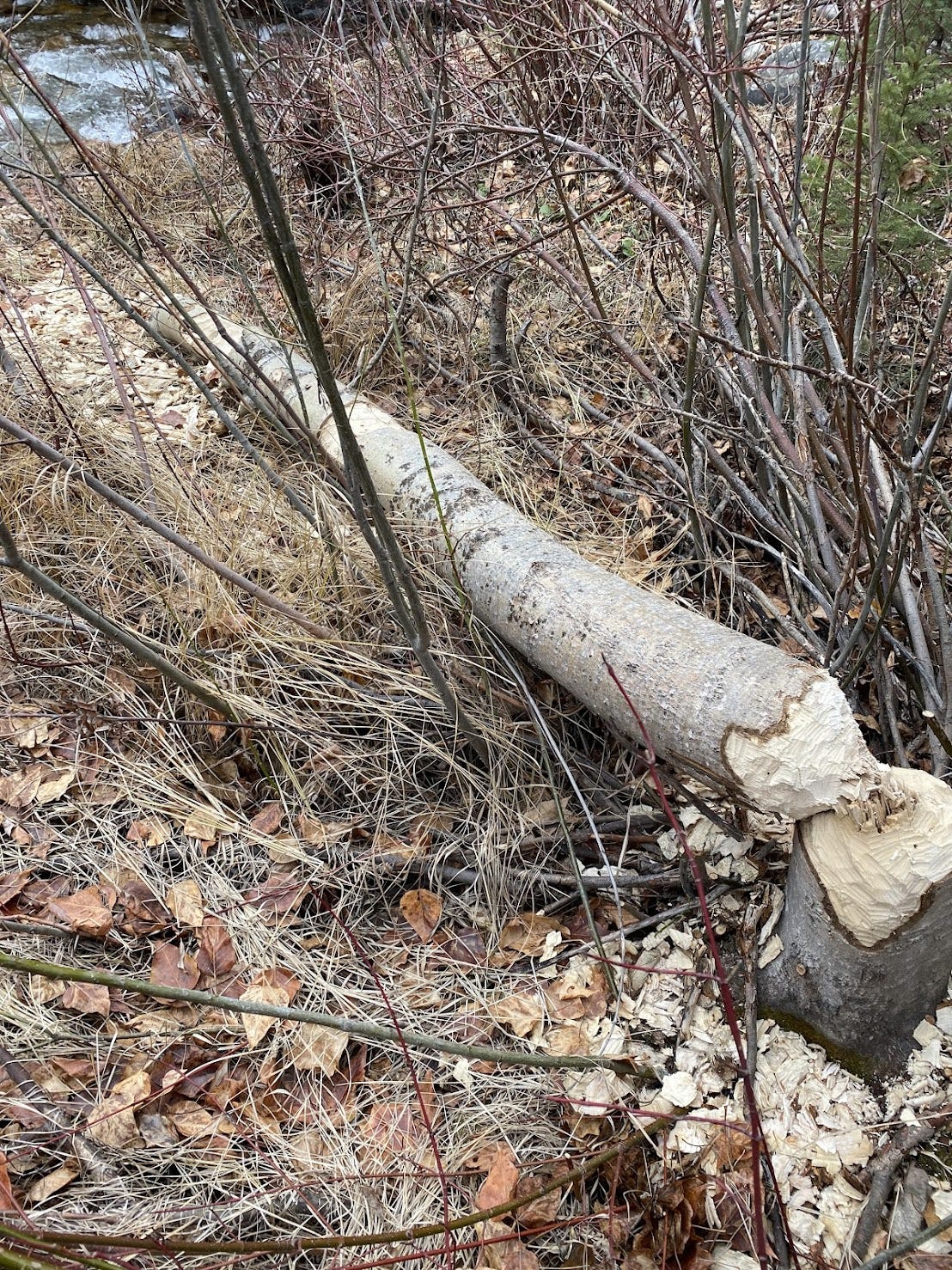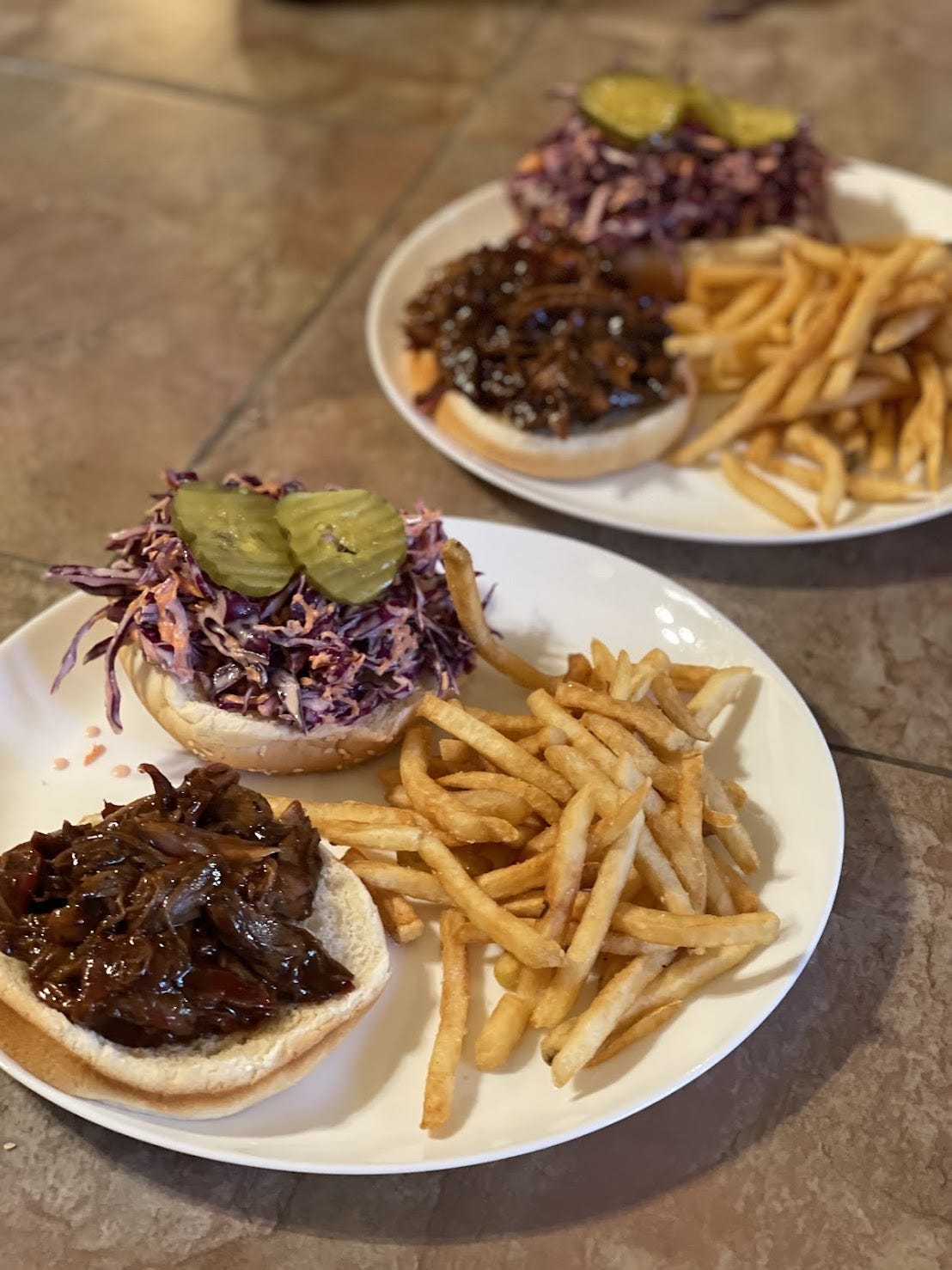Beaver are one of the most intriguing animals and played a major factor in my desire to move out west. Ever since I was a kid I was enthralled by tales of mountain men who faced great peril in order to trap, skin, and then deliver beaver pelts to market. It was the fashionistas of the early to mid 1800’s who clamored for the waterproof and lush pelt while perfumers desired the coveted castor glands to use in their scents — an amazingly useful animal which also happens to taste delicious, too.
Yes, beaver is one-of-a-kind... but aside from the romanticized image of days past the beaver has a dark side, too... One that, as the chairman of our rural highway commission, is frustrating to no end...
BEAVERS ARE DESTRUCTIVE.
... and not in a mild way. I am talking massive economic damage. In my small village alone (yes, I live in what Idaho deems ‘a village’) we have beavers who clog up our small hydro-electric dam with debris, fall trees across our seventy mile dirt road, and then occasionally flood our roads making them impassible to pass, even in an emergency.
To that end, my pursuit for beaver goes beyond the pelts, meat, castor, tails, and baculum... it actually helps us keep the lights on in our little village and the road open, and even though I had a great regular season (running from November - March each year) there are still way too many beaver in our area.
So much so, that I have been granted a permit to pursue some of those beaver in the off season as they start to impact our electricity and roadways. Over the next few months as I go out to set beaver traps I will log the pursuit here... including the method of capture, removing and tanning the hide, leathering the tails, removing the castor gland oil, as well as processing and cooking the meat. Stay tuned!





